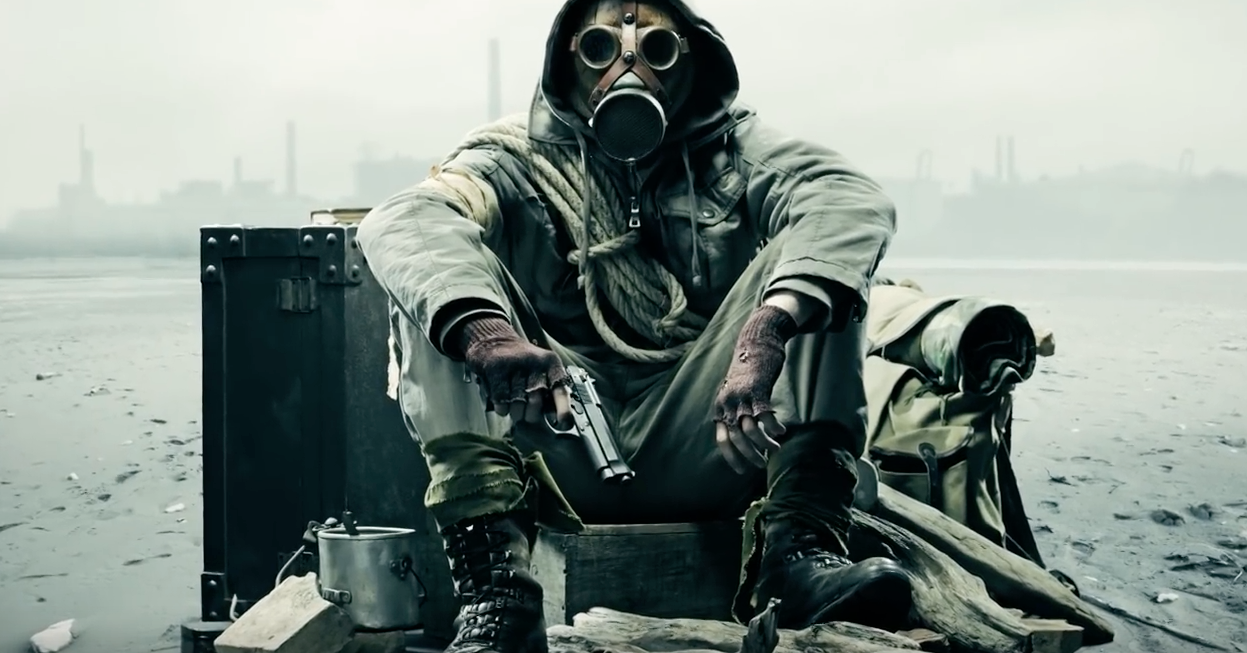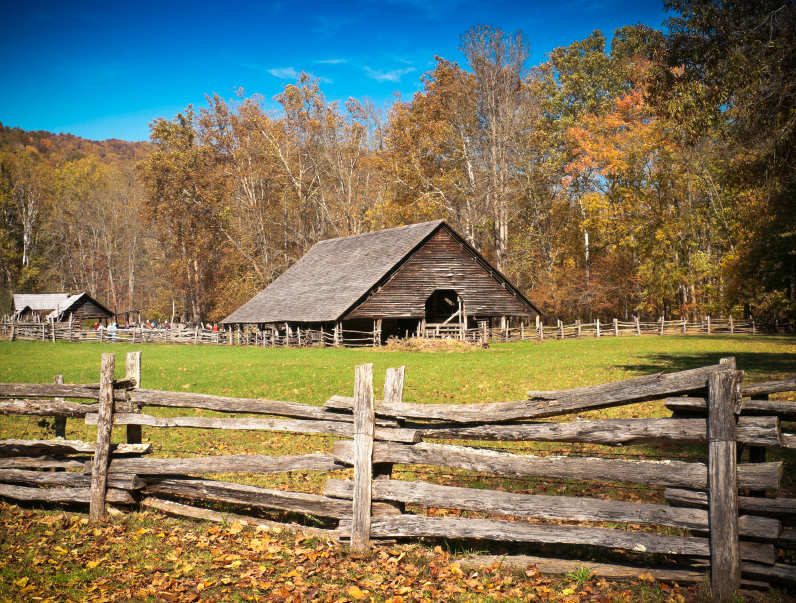Bandanas: A multi-use survival must-have
07/19/2018 / By Rhonda Johansson

In terms of fashion, bandanas are a hit-or-miss. Luxury brands fluctuate in their love for the clothing item; sometimes designing their entire collection around them, other times completely lambasting them, describing them as “dorky” or “not cool.” When you’re out in the wild though, determining if you are fashionably acceptable to that attacking bear is the least of your worries. The truth of the matter is, bandanas are a clothing item that has its use in survival. This is a multi-use tool that you need to have a lot of and in all of your bugout preparations.
Here’s a list of the many uses bandanas have (h/t to MyFamilySurvivalPlan.com):
- Tourniquet — You need to have basic first aid knowledge to survive. One of the most basic things to learn is how to make a tourniquet to stop bleeding. Ideally you should have proper equipment for this, but bandanas are a great alternative. Fashion a tourniquet with your bandana to inhibit the flow of blood.
- Bandage — In the same manner, bandanas can be used as a bandage to cover an open wound. Make sure that the bandana you use is clean — soiled cloth will infect the wound. You can tie down the bandana with a cord, some twine, or another bandana.
- First aid sling — You can use a longer bandana as a sling in the event of a fracture. If you’re out in the wild, you can use twigs or branches to immobilize the broken part. Remember that in splinting an injured limb, you need a lot of padding. This can be leaves or cloth (if you have dozens of bandanas, you can use them). After you have adequately taken care of the fracture, you can lessen the pressure by placing it in a sling made from another bandana(s).
- Tying a splint — Instead of a sling, you can use the bandana to tie a splint around the broken limb.
- Cool compress — Soak a bandana in water and place it on your head or forehead to alleviate pain. This should lower your temperature in cases of fever or heat exhaustion.
- Neck gaiter — Bandanas can keep your neck warm when it’s cold. It can also protect you from a sunburn.
- As rope — Cut your bandana into smaller strips. These can now be used as cords or rope. This should only be done as a last resort if you have nothing to use as cordage. Obviously you cannot put the pieces back together once they’re cut.
- Mask — During fires, wrap the bandana around your nose and mouth like a bandit. This should protect you from inhaling dangerous smoke, toxic chemicals, or dust.
- Napkin/washcloth — You need to keep yourself clean even during survival situations. Bandanas are your low-cost way to do this.
- Gun cloth — Guns work only if they’re well-taken cared of. Do this by wiping your firearms and drying them daily with a clean bandana.
- Noise reducer — Be very, very quiet. Carrying around metal gear in your backpack can be a nuisance. You can reduce the amount of noise you make by strategically placing bandanas around metal items. (Related: Basic mistakes of wilderness survival and how to avoid them.)
- Fishing net — Tie the four corners of the bandana to the end of a stick. Use this to catch fish in a relatively calm stream. This is perhaps not the best way to catch large fish but it will suffice for smaller fare.
- Pillow — Fill a bandana with a few leaves and then tie the corners. This should make a nice, small, if not crunchy, pillow.
Sponsored solution from the Health Ranger Store: Lab-verified Nascent Iodine solution is a dietary supplement that provides your body with supplemental iodine to help protect your thyroid during radiation exposure. Nuclear accidents such as Fukushima (or nuclear war) can expose your body to radioactive iodine-131, a dangerous radioisotope. Pre-loading your system with stable iodine occupies the iodine receptor sites on your organs, causing your body to naturally expel radioactive iodine you may have been exposed to through air, food, water or milk products. This defensive strategy is recommended by nearly all health authorities, worldwide, including the Nuclear Regulatory Commission. Discover more at this link.
These uses extend far beyond the bandana’s basic function to keep your head or neck warm. As you can see, there are so many ways you can utilize this one item. Try stocking up on a lot of these small, light-weight must-haves now and make sure that all your bugout bags have at least several.
Sources include:
Tagged Under: bandanas, bug out gear, camping and hiking, multi-use tools, off grid first aid, outdoor living, prepping, survival, versatile gear




















